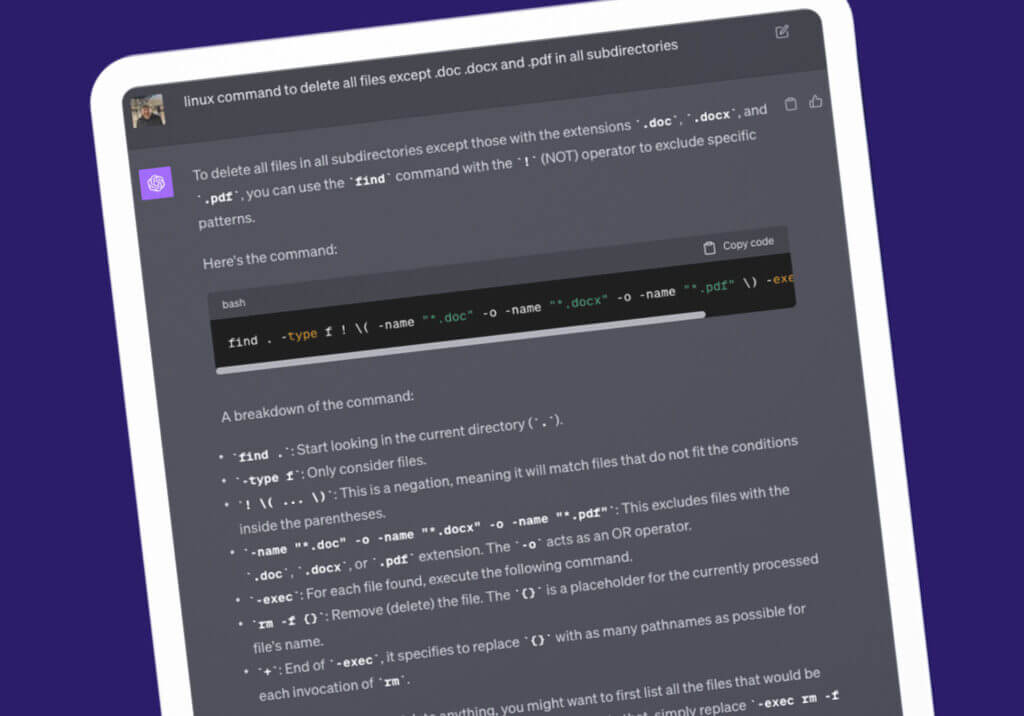When clients come to us with ambitious visions for their websites, they often don’t realize that the magic behind many successful WordPress sites isn’t flashy animations or cutting-edge design – though those certainly help. The secret to success is often custom post types.
Most of us have felt that helpless feeling of frustration at some point: you add a new team member or service to your website, and suddenly it looks nothing like the professionally designed pages you paid for. Total disarray. WordPress custom post types solve this frustration.
This article explains what custom post types are, how they’ve transformed our clients’ websites, and why they’re essential for maintaining a professional site – without relying on developers.
What Are Custom Post Types, Anyway?
Think of WordPress as a filing system. Out of the box, WordPress gives you a few basic filing cabinets:
- Posts (for blog entries)
- Pages (for static content)
- Media Library (for pictures and other files)
- Navigation Menus
Real-World Custom Post Type Examples
I’m a firm believer that keeping your website fresh shouldn’t require a support ticket. Things are naturally going to change and your website should plan for that. That’s why we’ve implemented custom post types across numerous client projects, each to meet unique requirements:
Delta Zeta
Georgia Department of Education's Culinary Hub
Team Novo Nordisk
These success stories all share a common thread: using CPTs helps us help our clients. With these new designs, they can independently manage content updates knowing the site will maintain its professional appearance (without needing a developer in the seat next to them).
Why Custom Post Types Make Life Better for Website Owners
Building on these real-world examples, let’s explore how custom post types directly benefit your organization’s day-to-day operations:
1. Simplified Content Management Without Coding
Each custom post type gets its own dedicated section in your WordPress dashboard with pre-built fields tailored to exactly what you need. Your team simply fills in the blanks – no HTML knowledge required, no formatting to remember, and no risk of accidentally breaking your site’s layout. Add a new team member, product, or event as easily as filling out a form.
2. Consistent Structure and Professional Appearance
Custom post types ensure that similar content follows the same structure across your site. For Team Novo Nordisk, every athlete profile maintains the same professional layout without anyone needing to remember design rules or fiddle with spacing. This consistency strengthens your brand and creates a seamless user experience.
3. Enhanced Search and Filtering
When your content is well-organized with custom post types, it becomes much easier to add powerful search and filtering features. Whether you’re managing a resource library, a product catalog, or a staff directory, CPTs fields have the data structure needed to help users quickly find what they’re looking for.
For example, a nonprofit might use custom post types to display grants, programs, and staff across multiple regions. With structured fields and categories, users can filter content by location, type, or date. This small change turns a static list into a fully searchable tool.
4. Future-Proof Content Structure
As your website evolves, custom post types provide a solid foundation that separates content from design. When it’s time for a redesign on the front end, your valuable content remains intact and structured, making the transition much smoother. Creating a new front-end design layer is a simple step when your CPT content is already organized and in place.
As all of these clients showcase, using CPTs is like having guardrails that keep your content looking perfect while giving you complete freedom to grow your site.
The Technical Side (Feel Free to Skip)😉
While custom post types involve code, you don’t need to understand programming to appreciate their value. Here’s how WordPress explains what happens behind the scenes.
function create_recipe_post_type() {
register_post_type('recipe',
array(
'labels' => array(
'name' => __('Recipes'),
'singular_name' => __('Recipe')
),
'public' => true,
'has_archive' => true,
'supports' => array('title', 'editor', 'thumbnail', 'excerpt'),
'show_in_rest' => true,
)
);
}
add_action('init', 'create_recipe_post_type');
This code creates a new “Recipe” post type with all the necessary structure for GaDOE’s Culinary Hub. Their Recipe CPT includes fields for ingredients, nutrition facts, meal components, and more. This structured approach transformed an overwhelming amount of information into an intuitive resource that staff across Georgia actually want to use.
If you’re curious to learn more about this topic, the official WordPress lesson on custom post types is a great technical resource.
When Custom Post Types Make Sense for Your Website
Not every website needs custom post types, but they’re particularly valuable when:
- You have multiple content items that share the same structure (team members, testimonials, properties)
- You need specialized fields for specific content (recipes with nutritional content and links to related recipes)
- Content managers need a simple, consistent way to update specific sections without designing from scratch
- You want to improve site organization and searchability
Working with Developers on Custom Post Types
When discussing your website project with a development team, asking about custom post types shows you understand the multi-pronged value of structured content management.
Here are some questions to consider:
- What types of specialized content will your website feature?
- Who will be responsible for updating each content type?
- What specific fields or information need to be included for each content type?
- How should this content be displayed and searched on your site?
I often recommend custom post types during the discovery phase when we spot opportunities to streamline content management for our clients. Every agency may handle this differently but we find this lets business owners and others have direct input into what they need from their CPTs.




